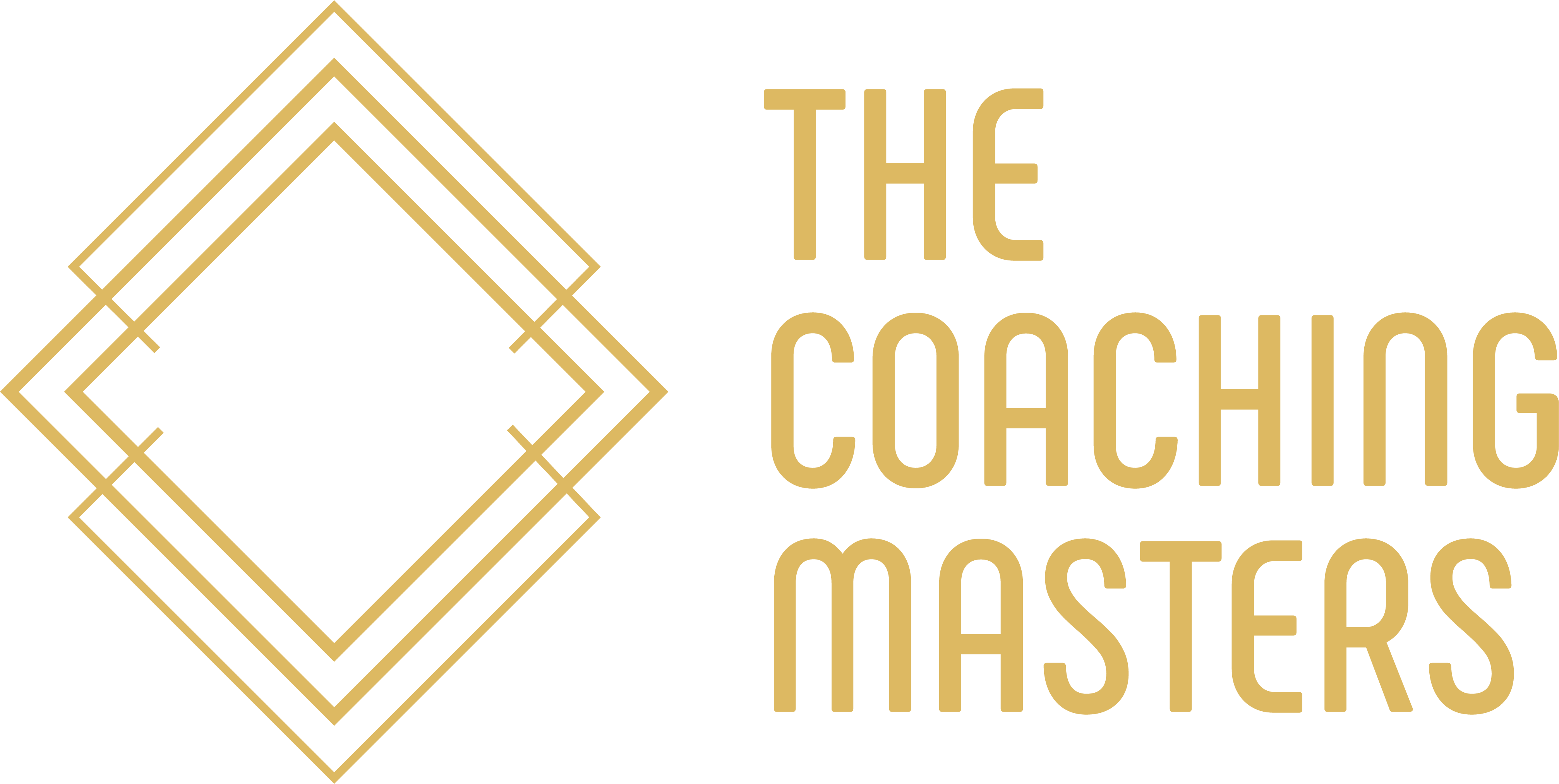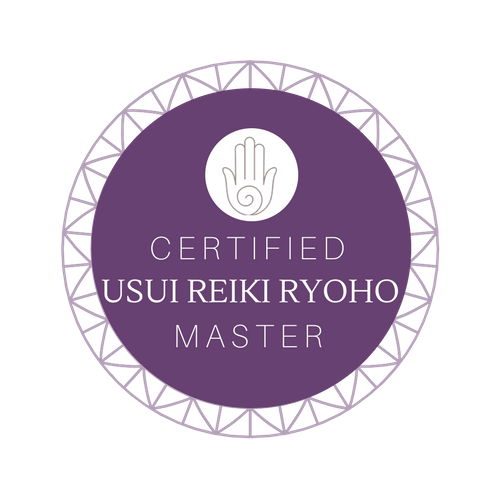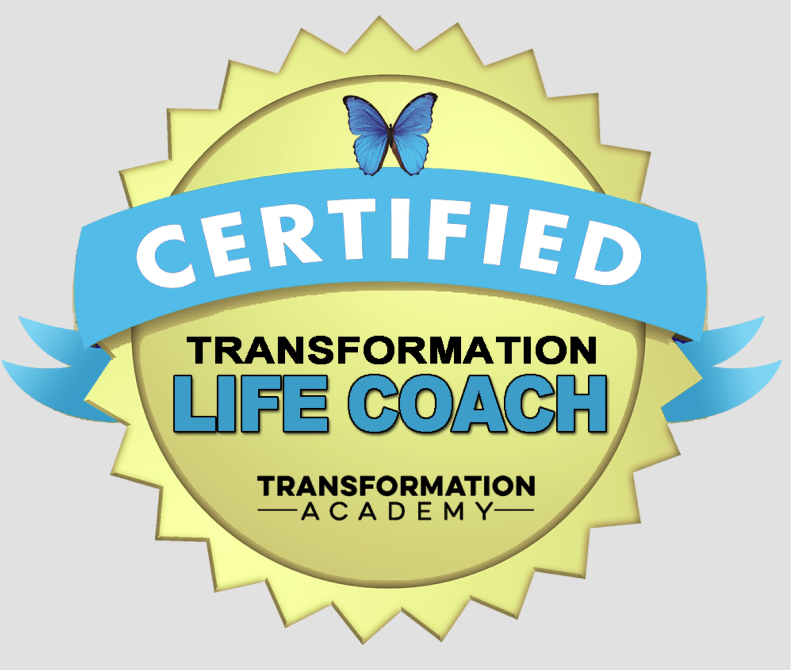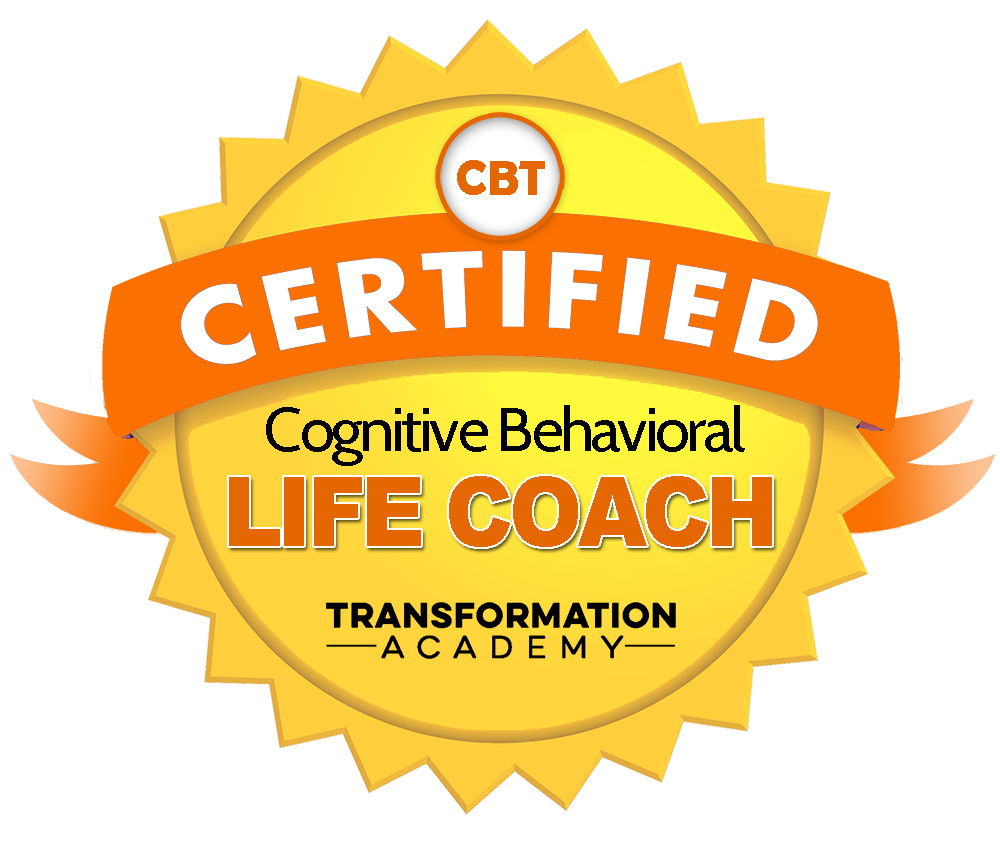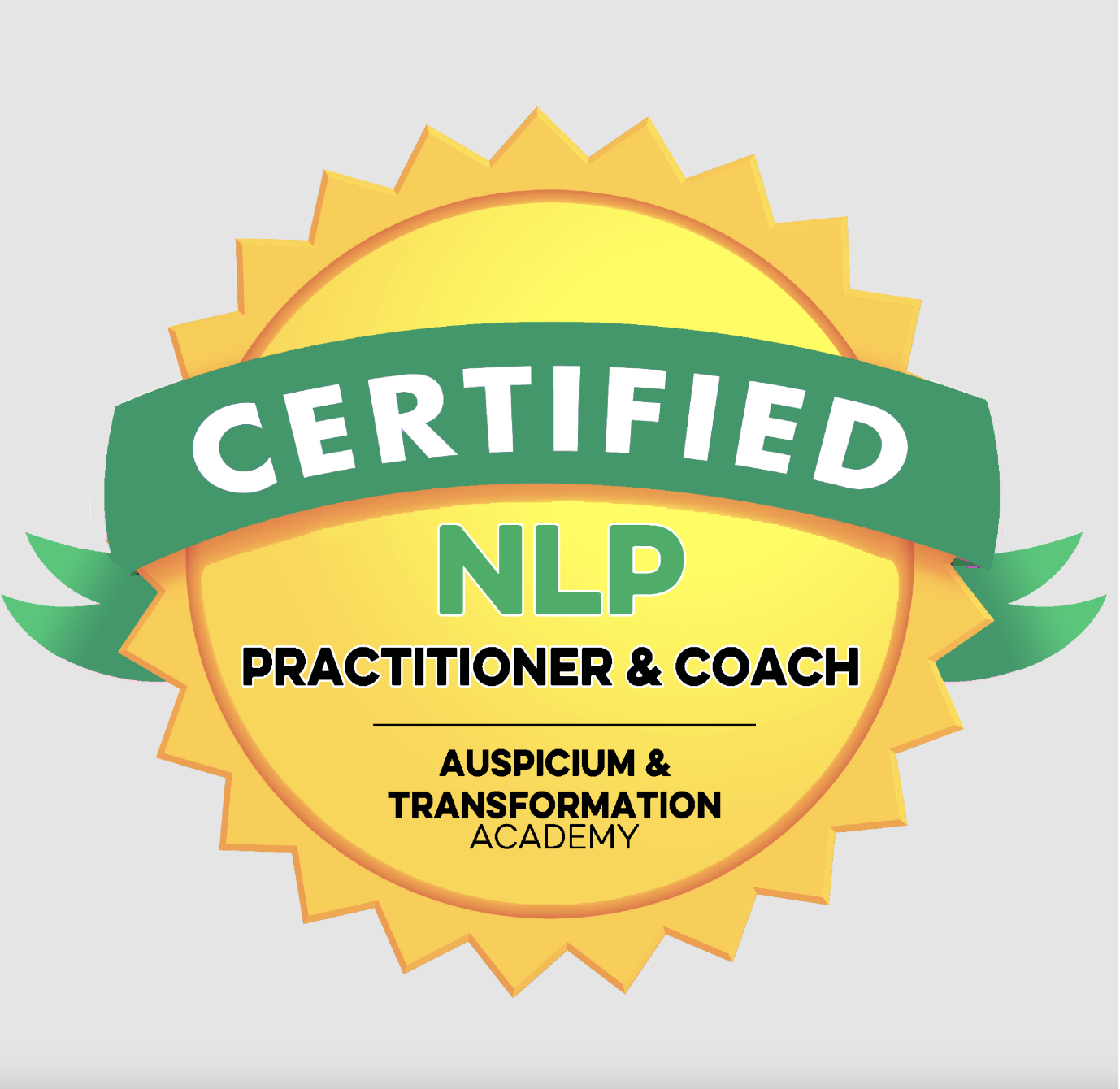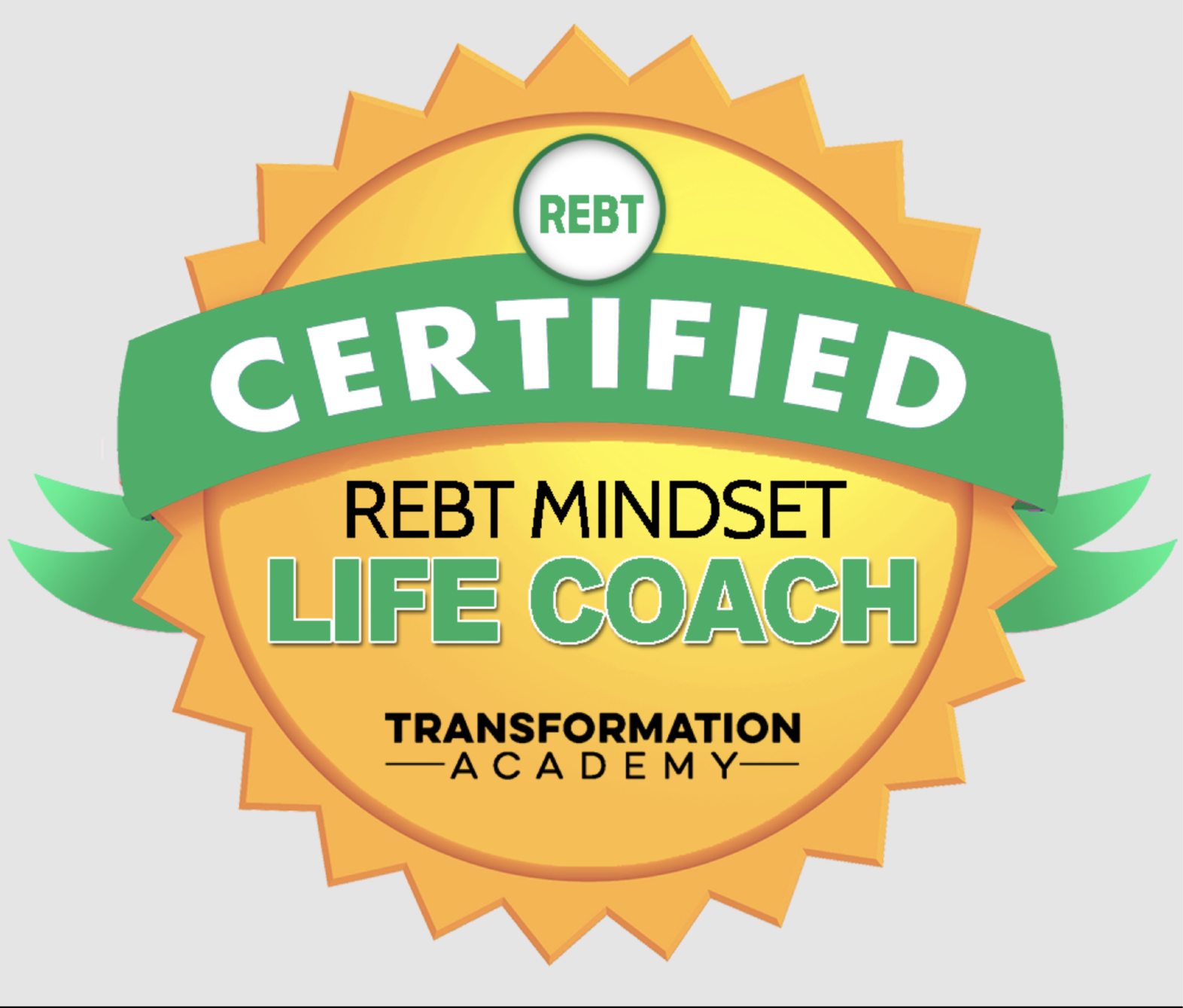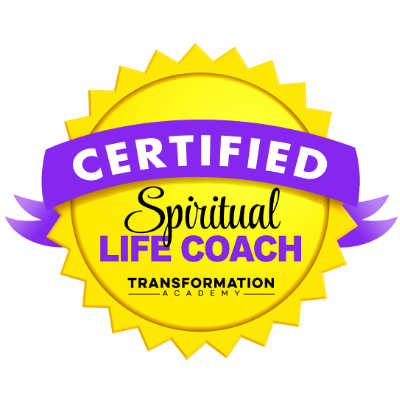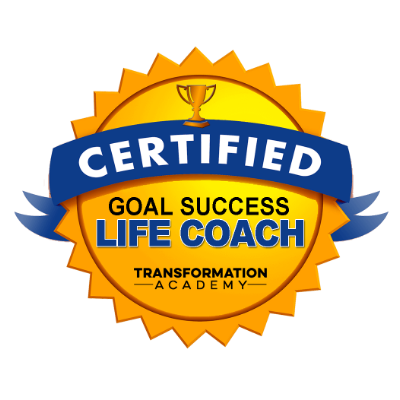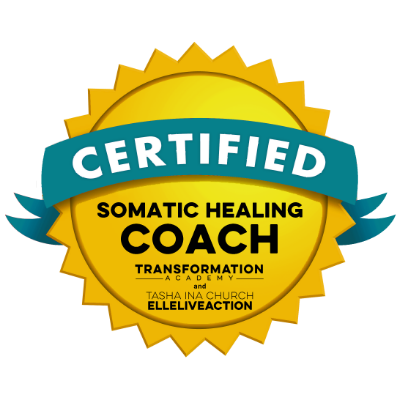Unlocking the Hidden Self: The Journey of Inner Healing Through Self-Perception

The Challenge of Self-Perception
How often have you been asked to describe yourself, only to find the words escaping you? This is a common experience, not due to a lack of intelligence or awareness, but rather the complexity of the self. Most people can easily list surface-level traits—friendly, hardworking, emotional—but struggle to articulate deeper truths about who they are and how they operate in the world.
This challenge arises because we live in a world that rarely encourages deep inner exploration. Instead, we are taught to focus on external accomplishments, appearances, and social roles. This external focus makes it difficult to pause and ask, Who am I beneath it all? Still, asking this question and engaging in self-inquiry is a powerful first step in healing the hidden self.
Asking the Right Questions
Odd or unexpected questions about the self can serve as powerful tools for uncovering self-perceptions. These queries push us beyond the surface and force us to reflect on our inner workings. Questions such as:
- What do I believe about myself that I’ve never questioned?
- What behaviors do I repeat, even though they don’t serve me?
- What emotions am I uncomfortable feeling?
Answering these questions honestly allows us to identify both favorable and unfavorable traits. While it’s easy to list positive qualities, true healing requires acknowledging the parts of ourselves that we may not be proud of—our fears, insecurities, and outdated beliefs. Only when we bring both light and shadow into awareness can authentic transformation begin.
The Importance of Acknowledging Unfavourable Traits
Acknowledging unfavourable traits does not mean labeling oneself as flawed or unworthy. It means taking responsibility for the parts of ourselves that may be reactive, wounded, or underdeveloped. These traits often develop as coping mechanisms or responses to early life experiences. Over time, however, they can become habitual and limit our growth.
Healing the hidden self requires courage to look at these parts honestly. For example, someone may realize they have a tendency to avoid confrontation. Upon reflection, they might see this behavior stems from a childhood environment where expressing disagreement was unsafe. With this awareness, they can begin to make new choices—developing assertiveness and healthier boundaries.
Harmonizing Mind, Body, and Emotion
Healing the inner self is not purely a mental exercise—it involves the whole being. Harmonizing your emotions, bodily sensations, and mental patterns is essential for deep and lasting change. When one part of the self is ignored or suppressed, imbalance occurs, and healing is hindered.
For instance, you may mentally decide to set better boundaries, but if your body reacts with anxiety or guilt when you try to enforce them, the change will be difficult to maintain. This is where body-awareness practices such as breathwork, somatic therapy, or mindfulness meditation can help. By tuning into the body and listening to its signals, you can begin to align your inner world more cohesively, allowing healing to flow naturally.
Shifting the Lens: How We See the World
A vital step in healing is shifting the way we perceive the world—and by extension, ourselves. Many of us adopt limiting beliefs over time, such as "I'm not good enough," "People can't be trusted," or "I always mess things up." These beliefs, often unconscious, become filters through which we interpret every situation.
To heal the hidden self, we must first become aware of these filters and question their validity. Are they universally true? Where did they come from? What new belief would support my growth and healing?
By projecting positive, empowering thoughts into our mind, we begin to shift not only how we see ourselves but how we engage with the world. This doesn't mean ignoring pain or pretending everything is perfect, but rather choosing to view challenges as opportunities for self-discovery and resilience.
Understanding the Constructed Self
It’s important to recognize that the personality we often present to the world is not necessarily our truest self. Rather, it is a version of ourselves that has been shaped by social conditioning, past experiences, and adaptive responses to life. This constructed self may serve us in some ways, but it can also keep us stuck in patterns that no longer align with who we are becoming.
Our actions and reactions, especially those that are habitual, often reveal where healing is needed. These patterns are not random—they are organized responses shaped by memories, assumptions, and emotional imprints. Understanding this allows us to respond with compassion instead of judgment.
For example, someone who over-apologizes may have learned early on that making themselves small kept them safe. Healing this pattern involves recognizing its origin and gradually practicing self-assertion and self-worth.
The Role of Resistance in Healing
Resistance is a natural part of any healing journey. When we begin to challenge long-standing beliefs or behaviors, we may encounter internal resistance. This can manifest as fear, procrastination, or self-sabotage.
Rather than viewing resistance as a sign of failure, we can see it as a signal that transformation is underway. Resistance shows up when we are about to step outside our comfort zone. To move through it, we need a strong intention to heal, coupled with self-compassion and persistence.
At the same time, we must learn to discern when resistance is a call to pause and when it is an invitation to push forward. Healing the inner self is not about forcing change but about creating space for change to happen organically.
Embracing Stability and Openness
To heal the hidden self, we must cultivate both stability and openness. Stability provides the foundation—we need grounding practices, consistent self-care, and supportive environments. Openness, on the other hand, allows us to question what no longer serves us, to be curious about new possibilities, and to embrace change with a flexible mind.
This delicate balance helps us manage our core beliefs and reframe misconceptions. It allows us to grow without losing our sense of self and to transform without discarding the lessons of the past.
Learning from All Experiences
No experience is wasted in the journey of self-healing—not even the painful ones. Our most challenging moments often become our greatest teachers, offering insights that comfort and success cannot.
When we begin to see our past not as a source of shame, but as a wellspring of wisdom, we empower ourselves. We can draw lessons from both the good and the bad, using them to shape a more integrated, resilient self.
This requires ongoing self-reflection. Journaling, therapy, spiritual practice, or even meaningful conversations with trusted friends can support this process. Through reflection, we deepen our understanding and strengthen our connection to the hidden self.
In Summary
Healing the inner self is not a destination but a continuous journey of self-discovery and renewal. It begins with a willingness to ask deep questions, to look at ourselves honestly, and to embrace both our light and our shadow. By harmonizing our mind, body, and emotions, shifting our perceptions, and learning from our experiences, we gradually uncover the hidden self—our truest essence.
This journey requires patience, courage, and compassion. But the reward is profound: a more authentic, empowered, and peaceful version of you. As you learn to perceive yourself more clearly, you step into greater wholeness, reclaiming the power to live and love from your innermost truth.
Click the link below to book your free clarity call or free virtual coffee chat.
Grab a copy of our newletter by completing the form below, this will then be sent to your inbox every month.
My Affirmation For The Week
"Creativity is contagious. Pass it on."
